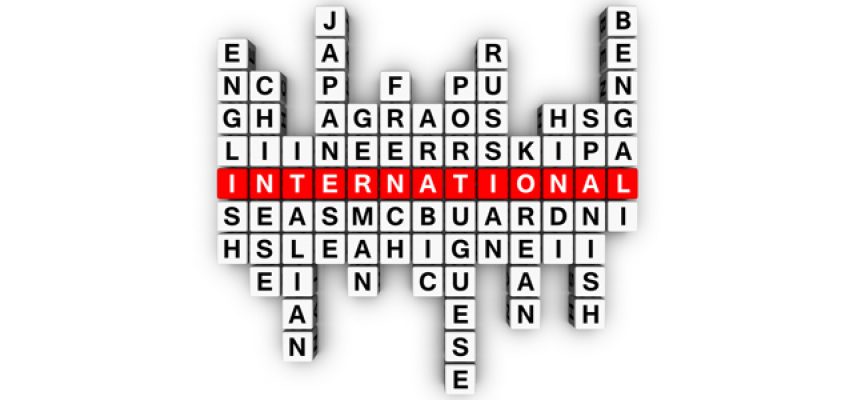How to build a multilingual website from scratch
Building a multilingual website can seem like a daunting task. Not least, because often the terms are unfamiliar! However, with a user-friendly CMS (see below!) and a professional translation provider (such as QuickSilver Translate!) it really shouldn’t be a struggle. Here are a few common terms and concepts to help you get started.
Content management system / CMS
A content management system is software that allows its users to manage and publish content onto a website. Using a CMS allows we ordinary mortals to build a website, without having to write code or learn programming. If you are building a new website, choosing your CMS should be the starting point. Currently, the most popular CMSs in the market are WordPress, Joomla, Drupal, and WooCommerce.
Localisation
Language localisation is the procedure for adapting your messaging or product, to suit a new market. That is to say, it is the process of translation to suit a particular culture, group or country. For example, avoiding a joke, or expression, that might be culturally insensitive in the target language. In other words, localisation addresses and adapts for perceived differences in the market.
Application Programming Interface / API
An API is a connection — like a tunnel — which allows one piece of software to communicate directly with another piece of software. In regard to websites, APIs are used by programmers and engineers to configure automated or continuous workflows. APIs can also be used to develop custom scripts for CMSs and CAT tools. In essence, it allows complex systems to work more smoothly, without needing human assistance!
Continuous localisation
Continuous localisation is a perfect example of something clever we can do with APIs! It works like this: when you add any new content to your CMS, it is automatically sent to your translation provider for translation. When completed, the translated copy is then automatically (via an API) fed back into your CMS and your website. This is ideal (and necessary) if you want to keep your multilingual website dynamic with regular updates.
Integration
Integration refers to software (often an API) or script that connects various parts of the process. For example, you might integrate by creating a direct connection between your CMS and your translation agency.
Localisation team
The team assigned to deal with translating and localising your company content into one, or several languages. Your team may include in-house translators or a translation project manager. Depending on the complexity of your site, you may include a localisation engineer, a reviewer and quality control.
Software localisation
Essentially, this is localising the ‘back end’ of your website. Certainly, computer software localisation has some peculiar challenges. Such as, the use of placeholders, character limits, plurals and genders, and sometimes lack of context.
Language technology
Language technology facilitates and/or automates some part of the language industry. For example, translation platforms, CAT tools, translation memory, and machine translation engines.
_____________________________
For more on multilingual websites, check out our article on multilingual SEO.

